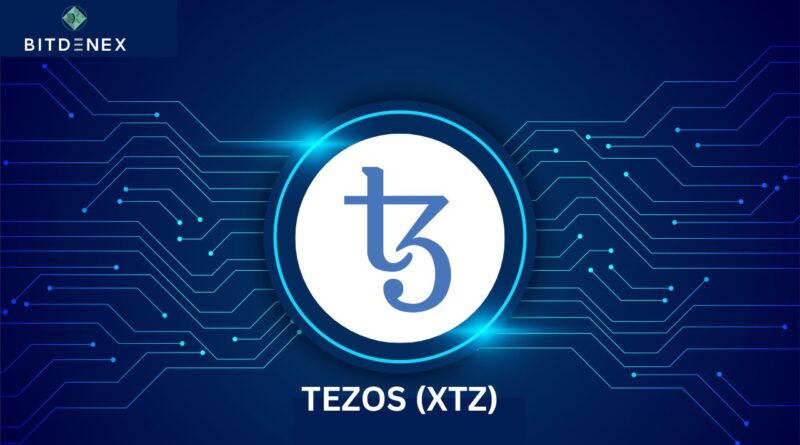What is Tezos? (XTZ)
Tezos started out in 2014 to develop a “self-amending blockchain.” The concept was simple at its core: Tezos would allow anybody who owned its XTZ coin to vote on potential changes to its regulations, and once chosen, the software would automatically update to guarantee the changes were made.
Tezos used this approach to limit the possibility that its blockchain might fork, resulting in two separate coins with different pricing. However, the idea that a cryptocurrency might improve itself within its own software has broader ramifications, sparking a discussion about “blockchain governance.”
Tezos’ entrance would change blockchain nomenclature, effectively dividing crypto assets into two camps: those with “off-chain governance” and those with “on-chain governance.” Tezos users were allowed to vote through a procedure known as “baking,” in which they agreed to lock XTZ they owned in special contracts in order for the system to function. Users had the option of becoming bakers or delegating XTZ to other bakers in order to win newly minted XTZ from the protocol. Tezos was able to raise record-breaking amounts of cash in 2017 for this innovative architecture before launching its live blockchain to the public in 2018. You can bookmark the Tezos Medium blog for more regular updates from the Tezos team, which includes tips and lessons on the network and its growing technologies.
How does Tezos work?
The Tezos blockchain supports numerous cryptocurrencies’ characteristics. Developers can utilize the company’s platform to run bespoke programming logic (smart contracts) and create new programs (decentralized applications) to imitate products and services. However, its voting features necessitated a different design.
More specifically, the Tezos blockchain would be broken into two parts:
- Shell – An application code that is adapted based on user input, as well as interpreting transactions and coordinating administrative tasks
- Protocol – Responsible for communicating proposals to the shell.
The Tezos LPoS Blockchain
Tezos uses a version of classic proof-of-stake (PoS) consensus termed liquid proof-of-stake (LPoS) to keep its network in sync.
LPoS is an algorithm that, like classic PoS techniques, is utilized by computers running the Tezos software to protect the network, validate transactions, and distribute freshly minted XTZ.
To participate in governance, participants (“nodes”) must stake XTZ through a process Tezos refers to as “baking.” A node requires 8,000 XTZ (also known as a roll) to become a baker. Users can also delegate their tokens to other bakers, assigning votes to other users in order for them to gain XTZ incentives on the live blockchain.
Tezos Upgrades
In the blockchain governance process, bakers vote on proposed changes to the code. The voting process consists of four distinct voting periods, each separated by roughly 23 days.
- The Proposal Period – Any baker can propose changes to or upgrades to the Tezos blockchain. The proposals with the most votes advance to the next round
- The Exploration Vote Period – Proposals that receive a super-majority (80% of the vote) advance to the following phase.
- The Testing Period – The proposal is then moved to a temporary test chain (a 48-hour fork) that is carefully curated to ensure that the modification works and is safe for the network to adopt.
- The Promotion Vote Period – Bakers vote on whether or not to execute the plan. Proposals are approved if a super-majority votes in favour.
Buy and sell crypto in minutes with 0.20% trading fees at Bitdenex Exchange

